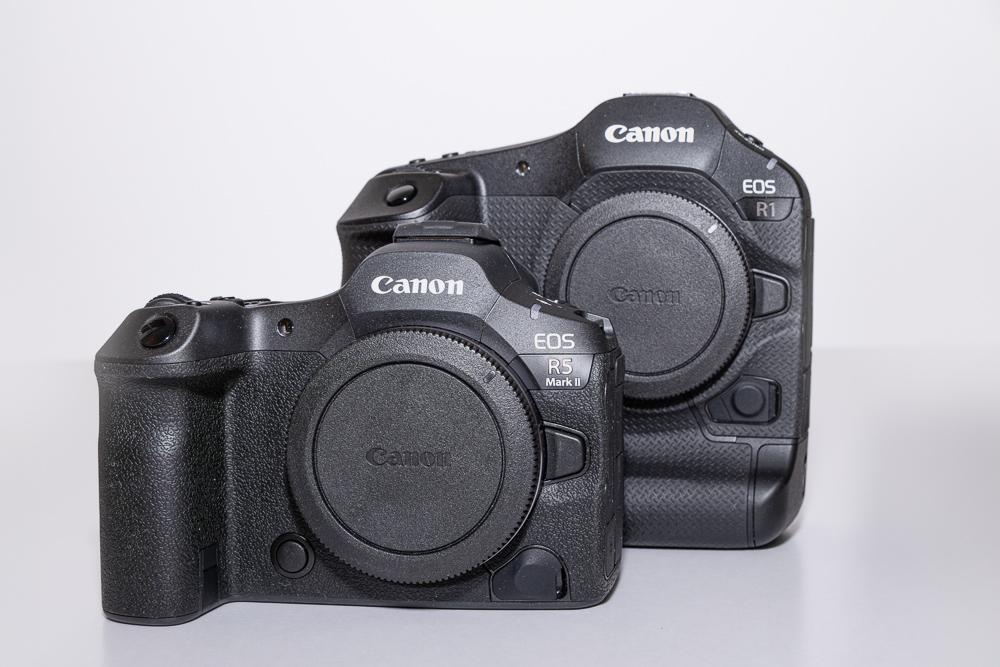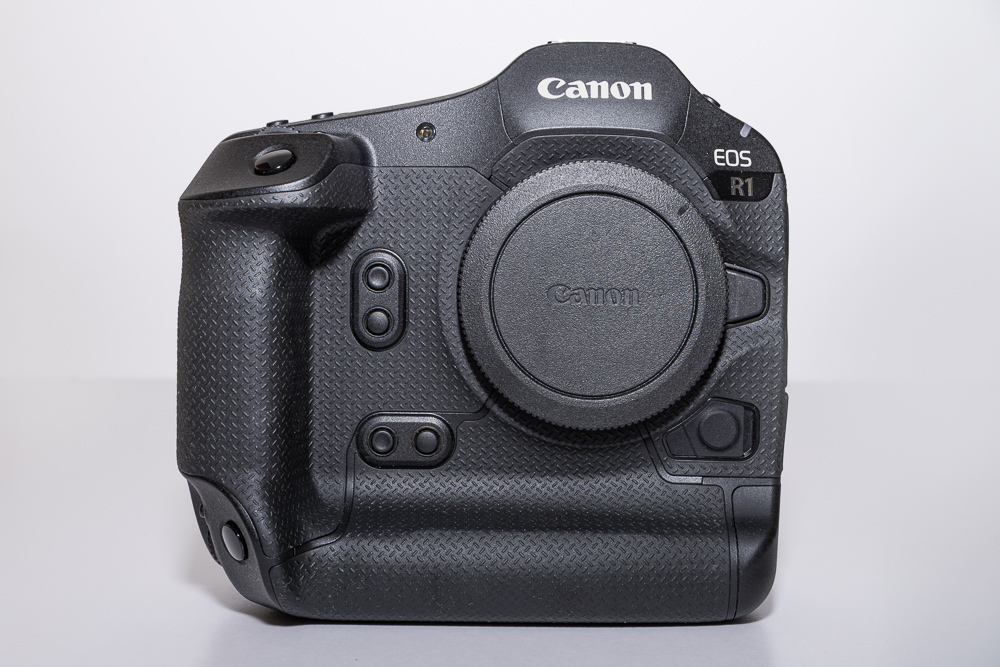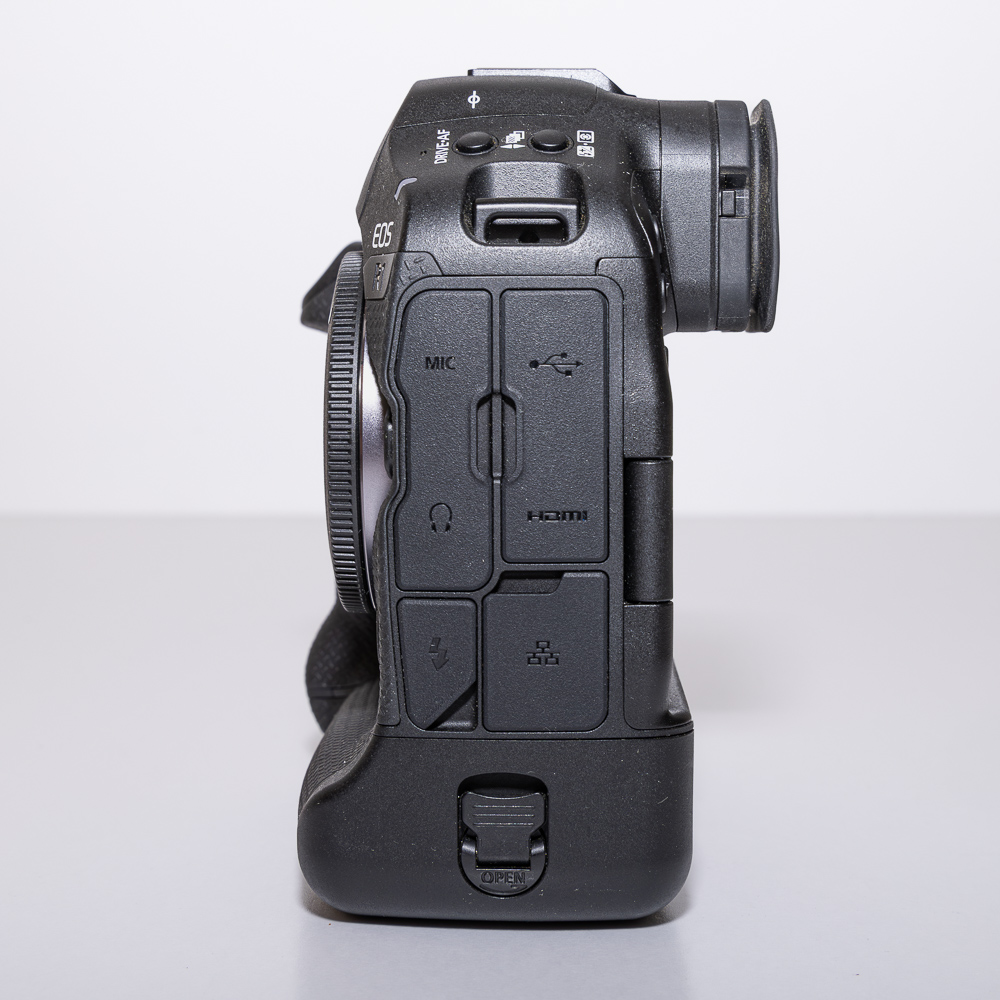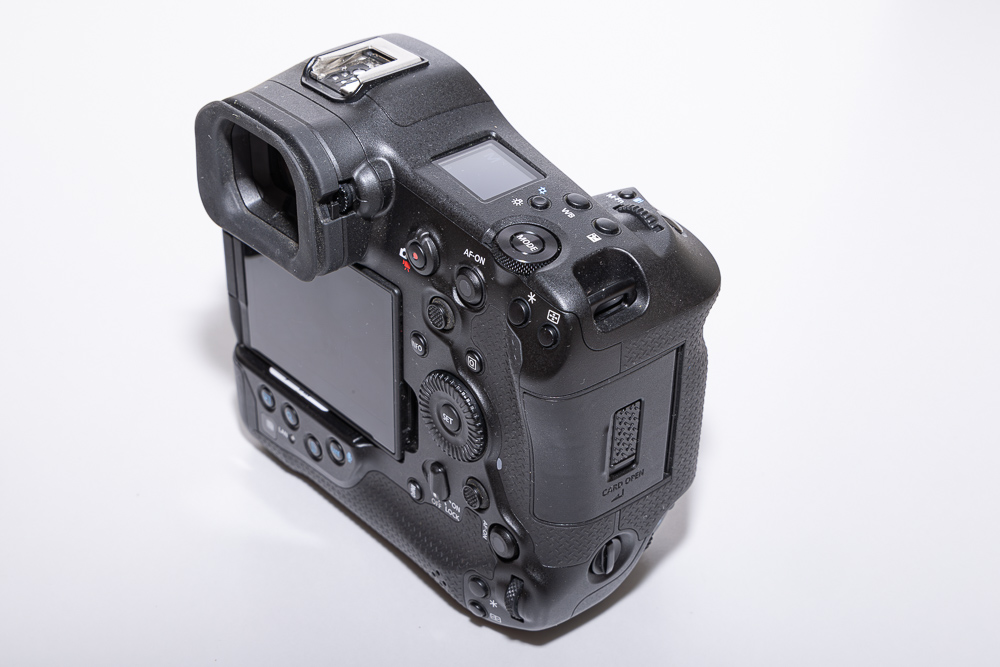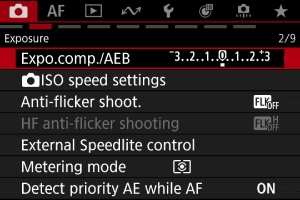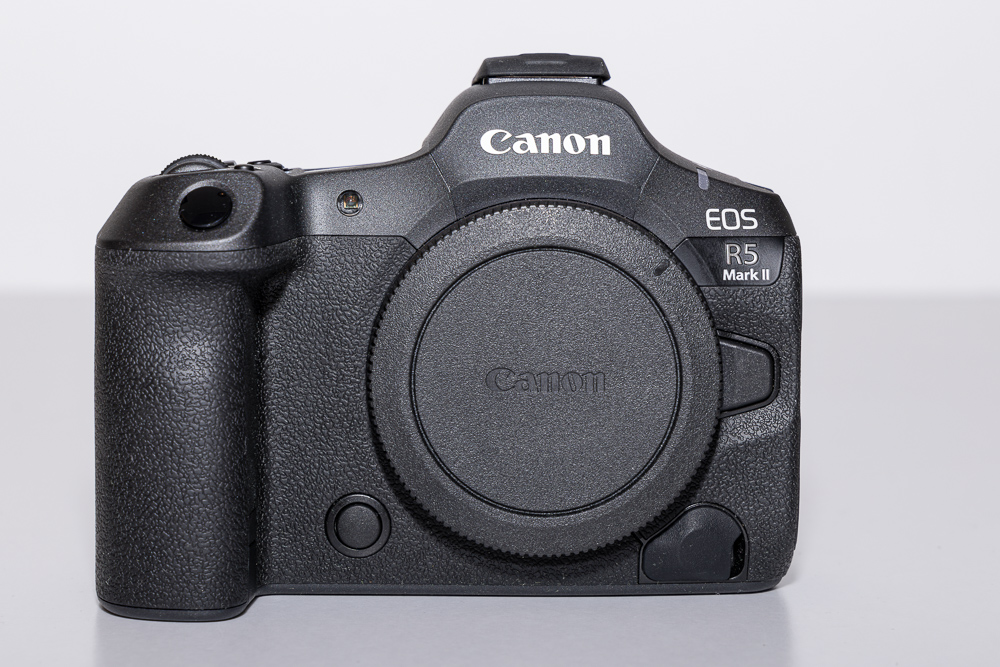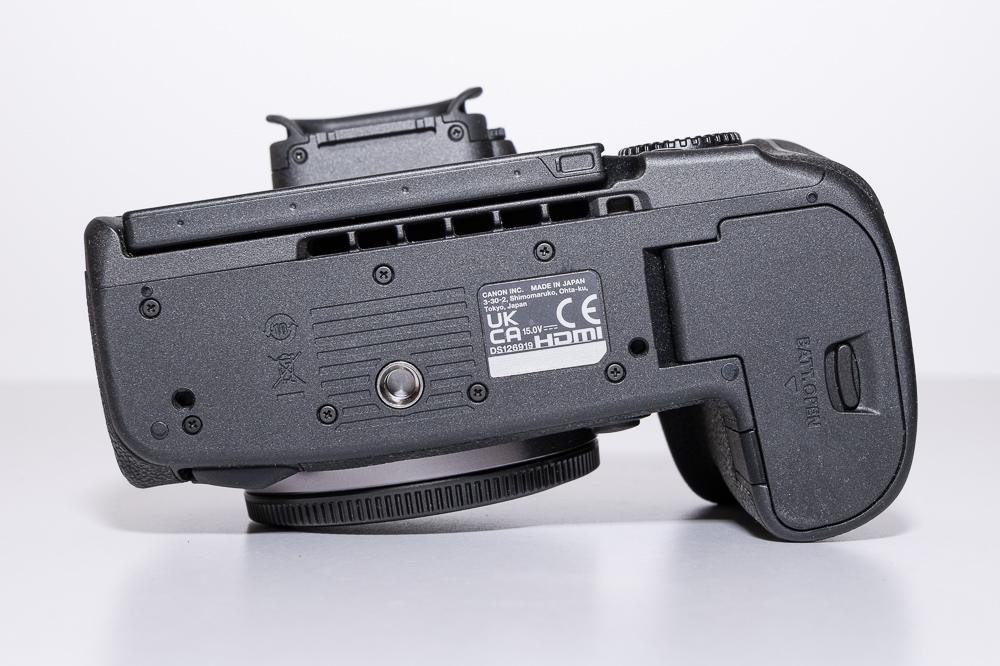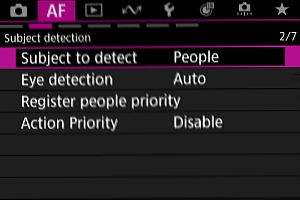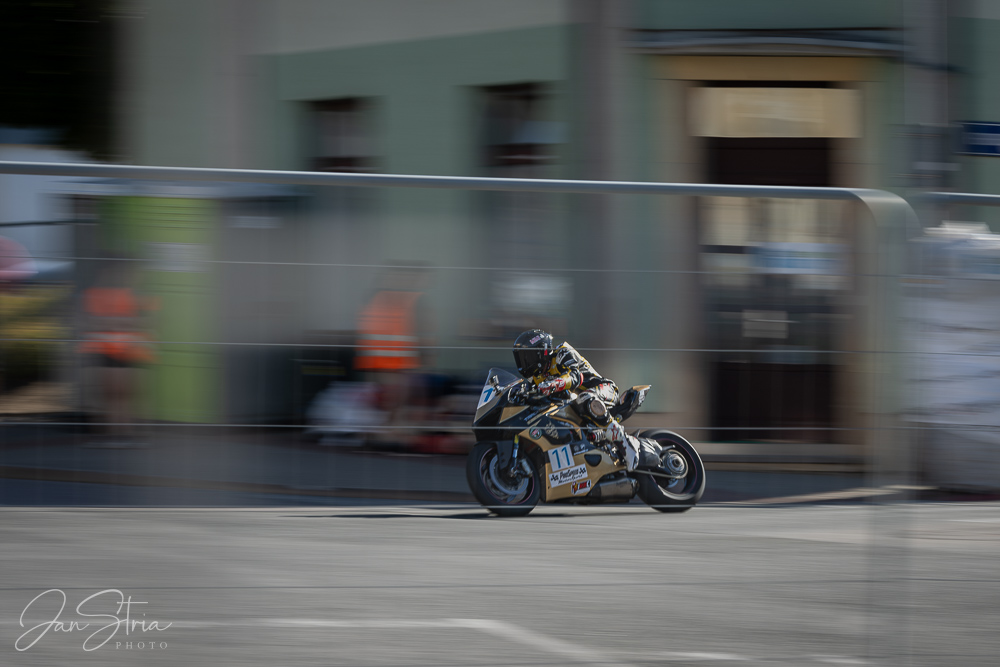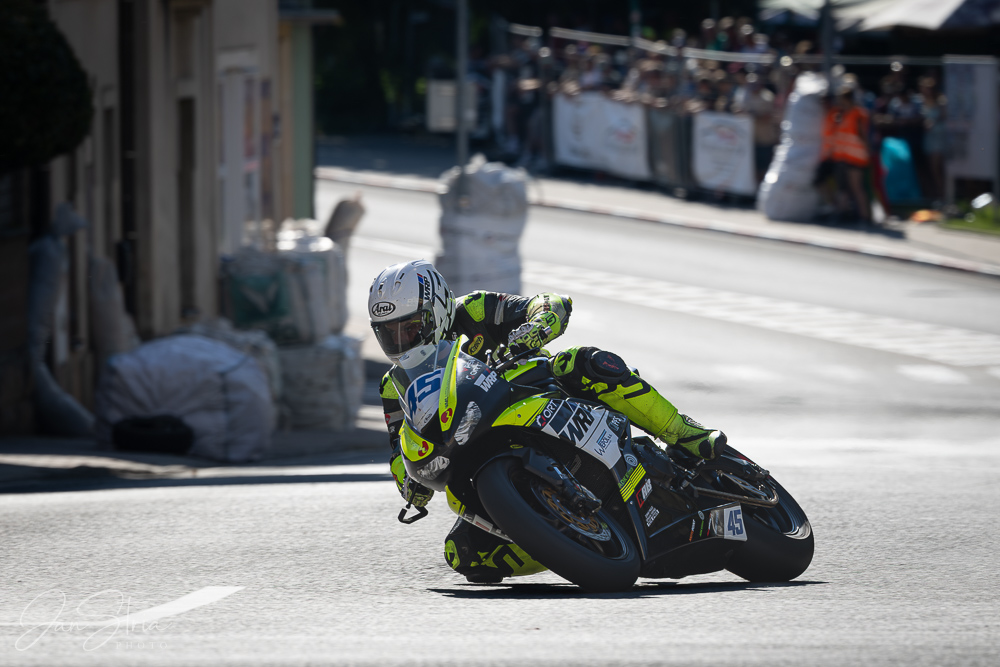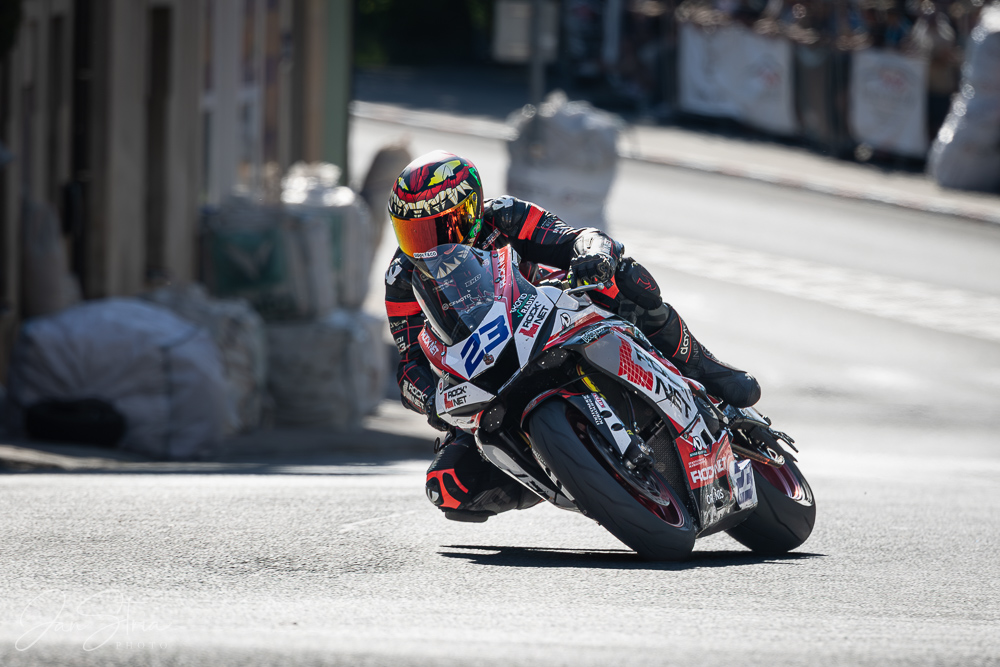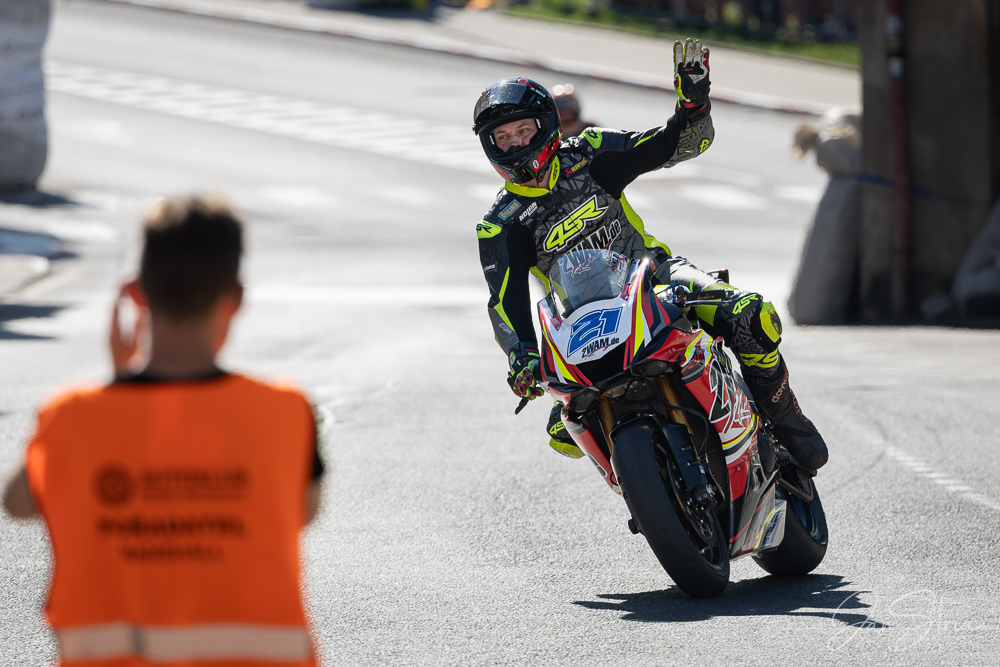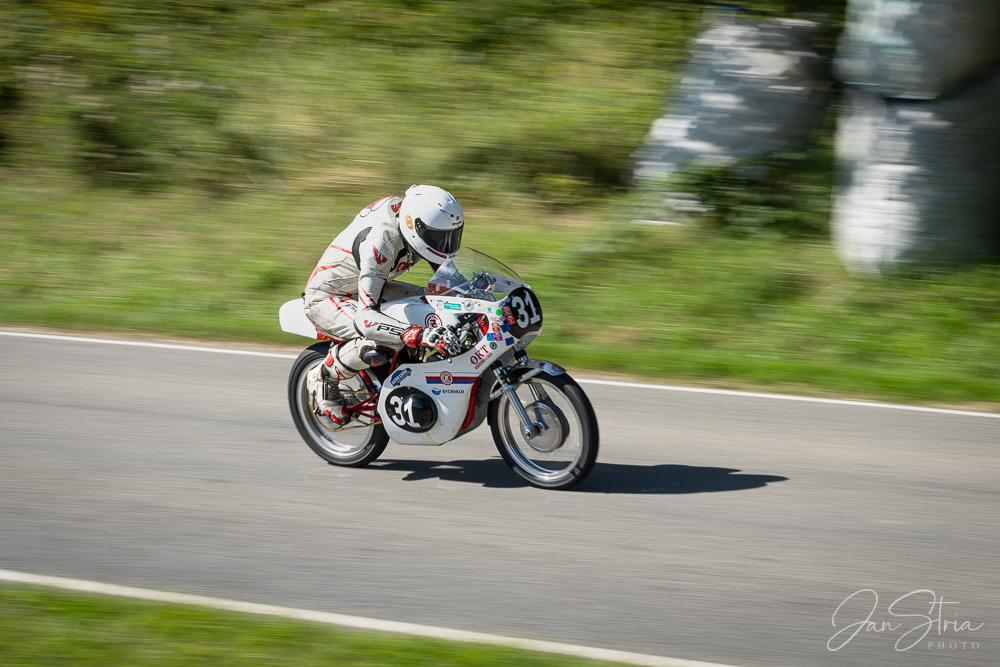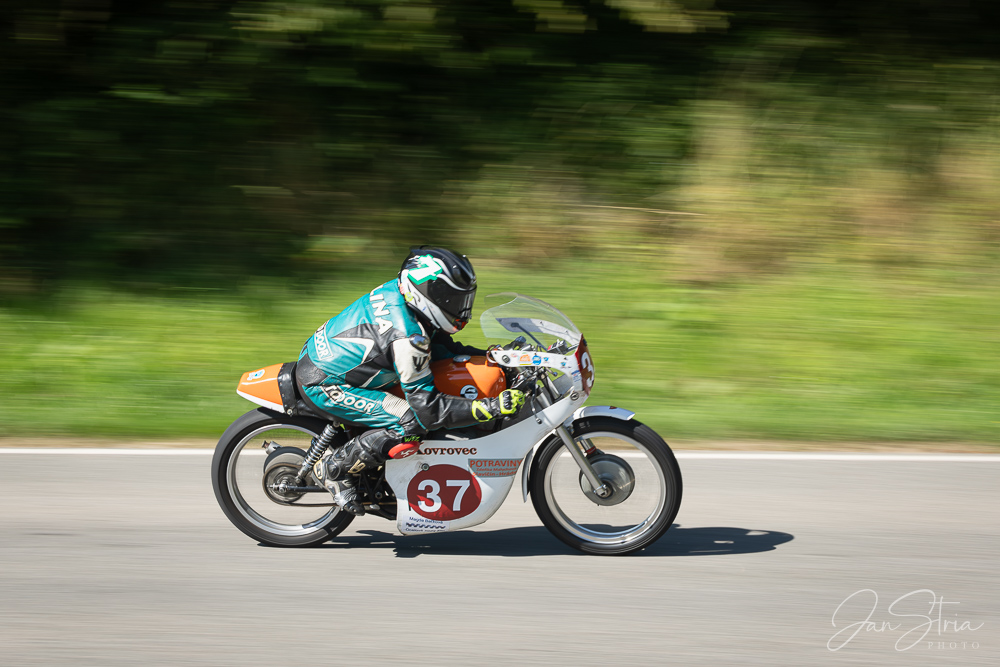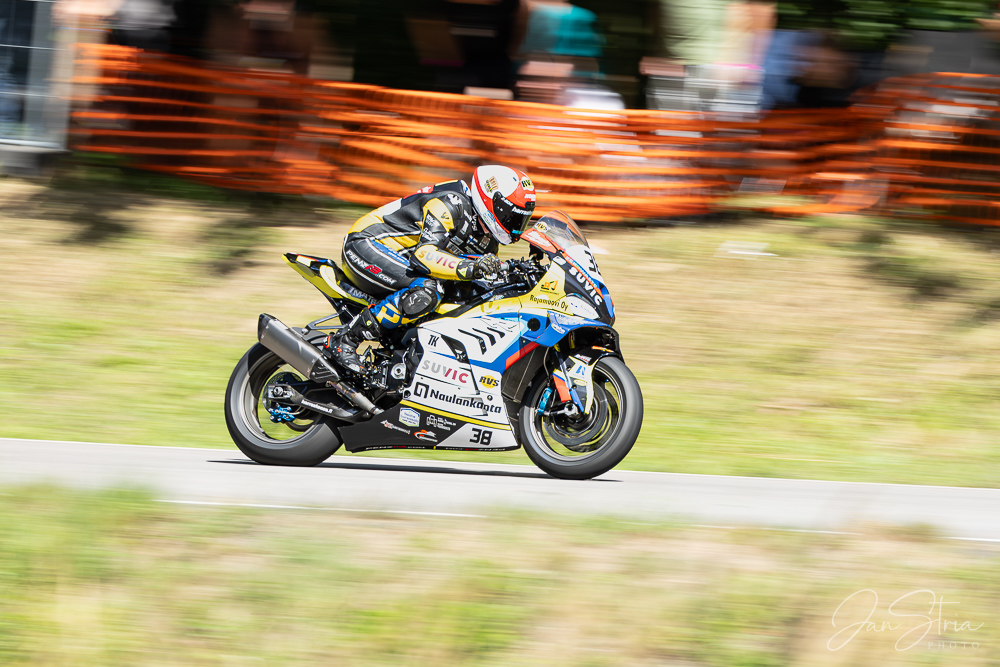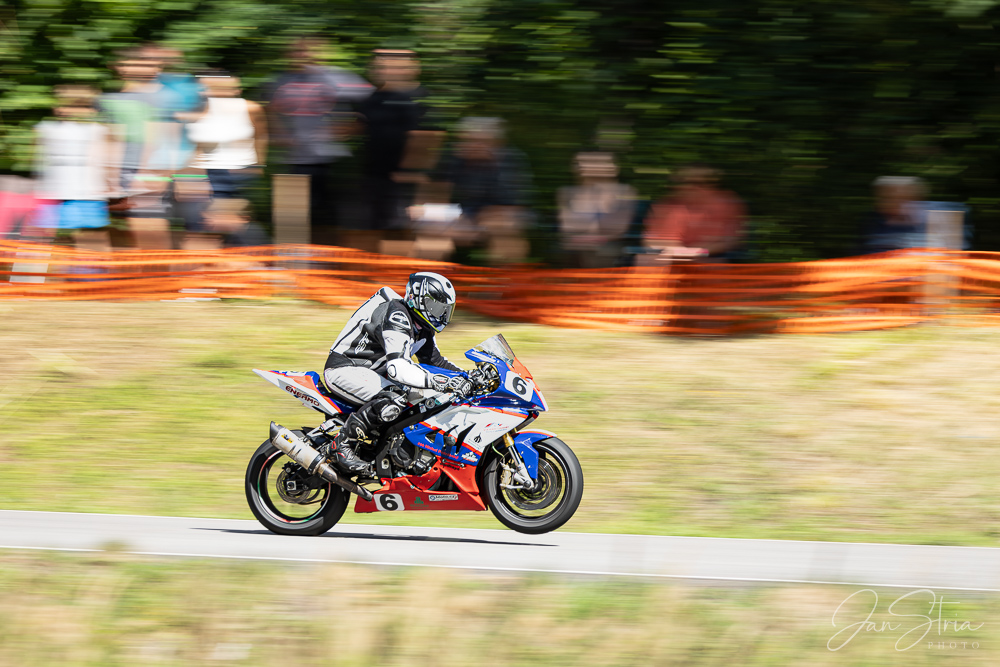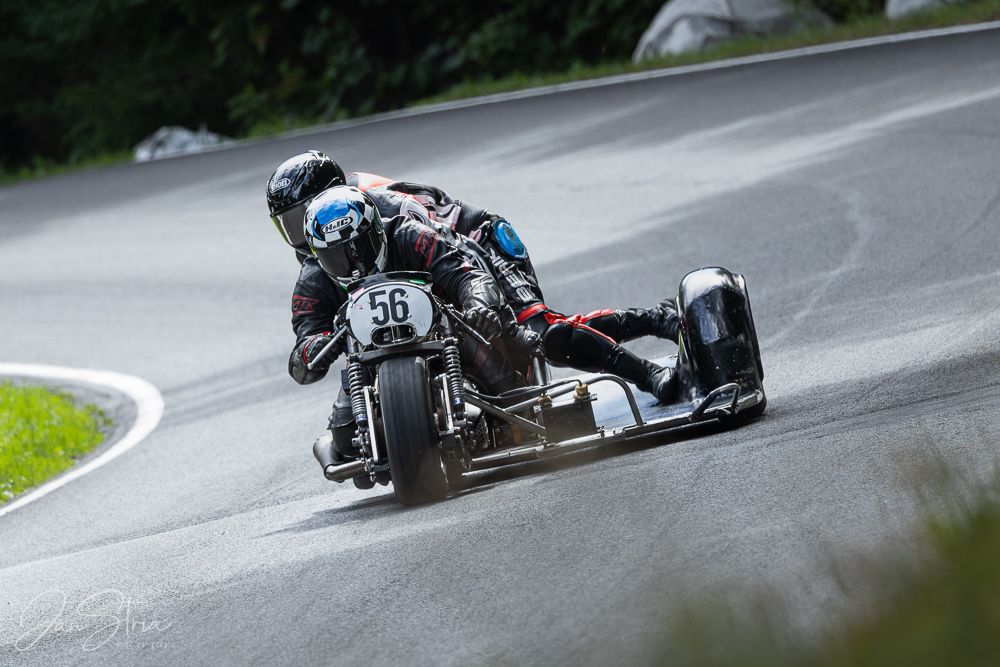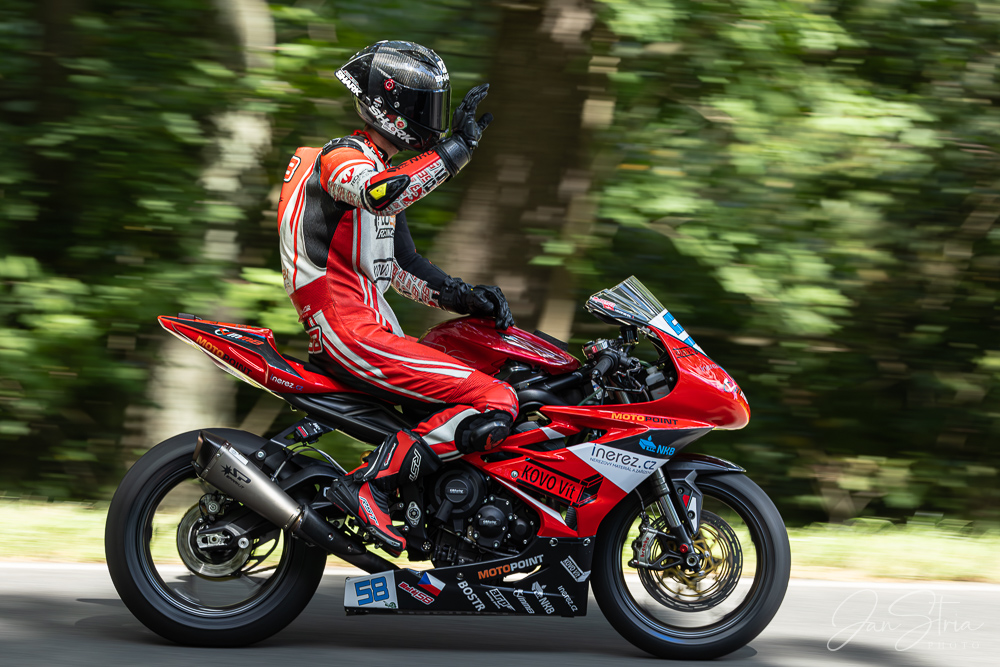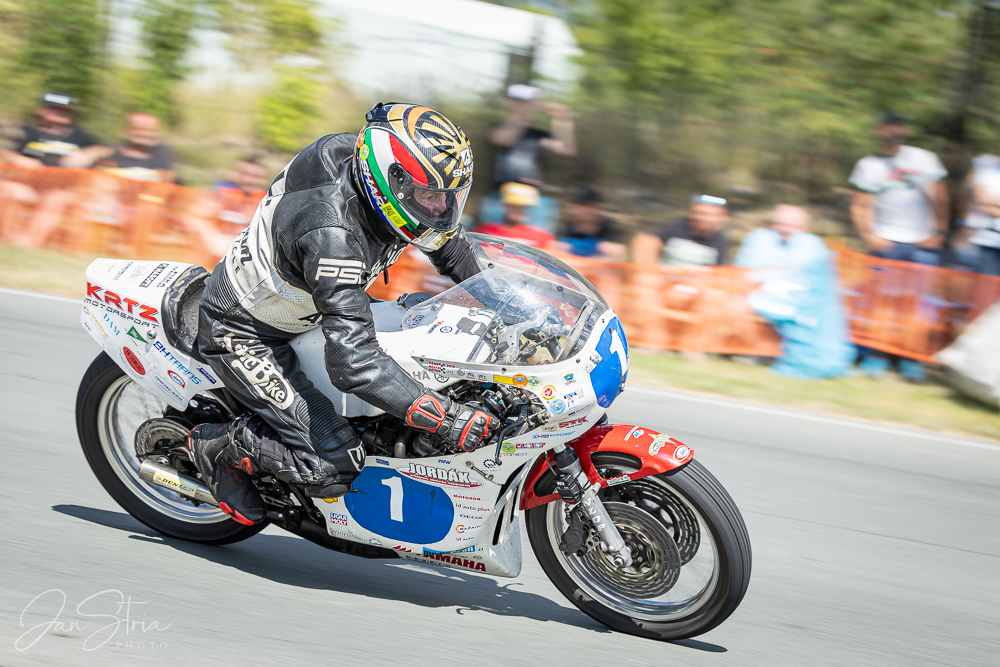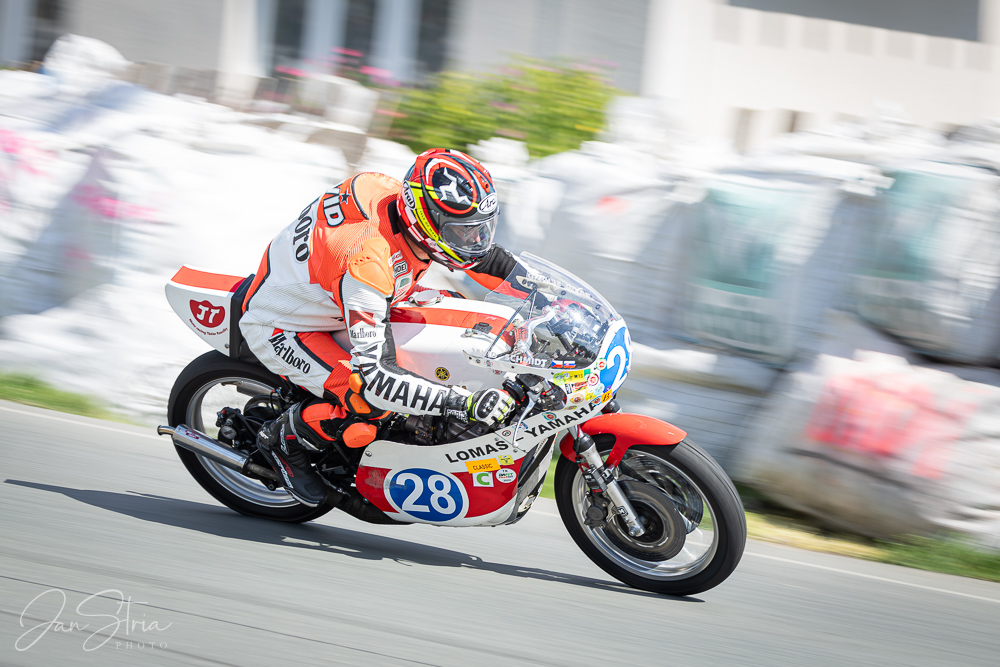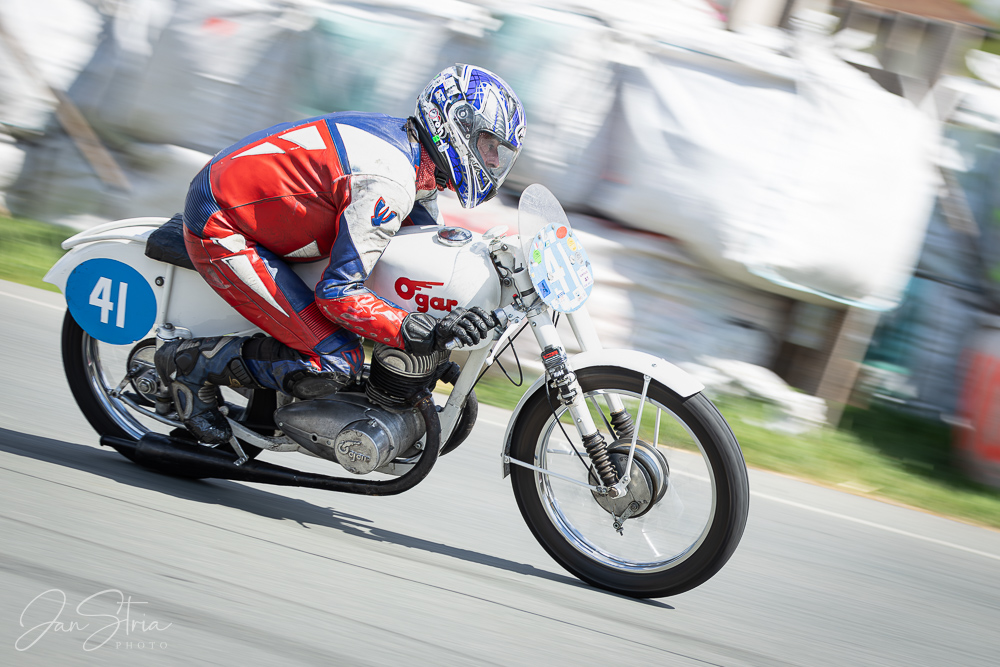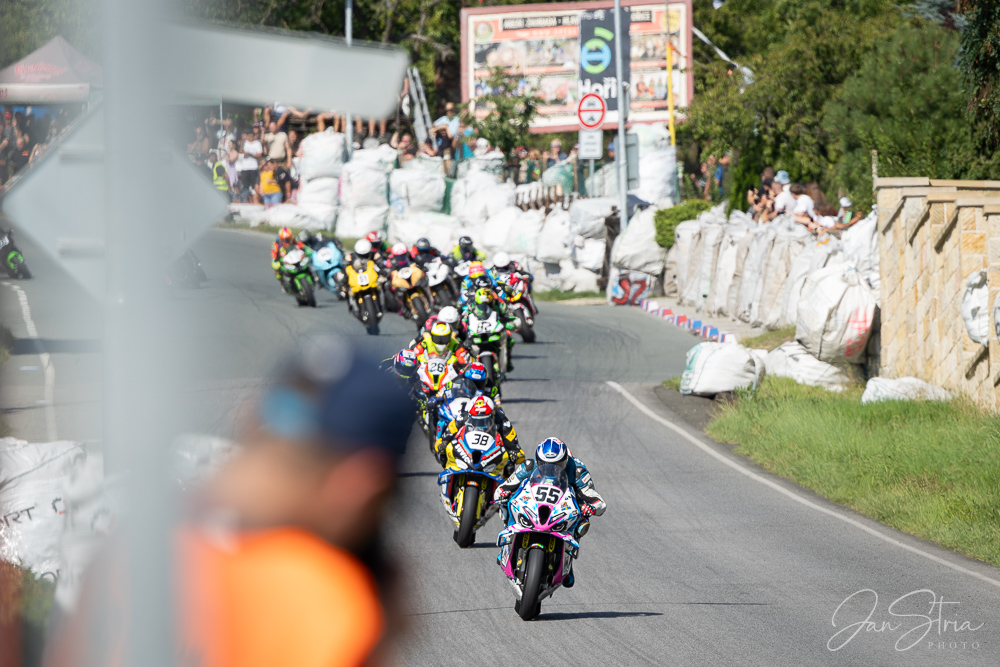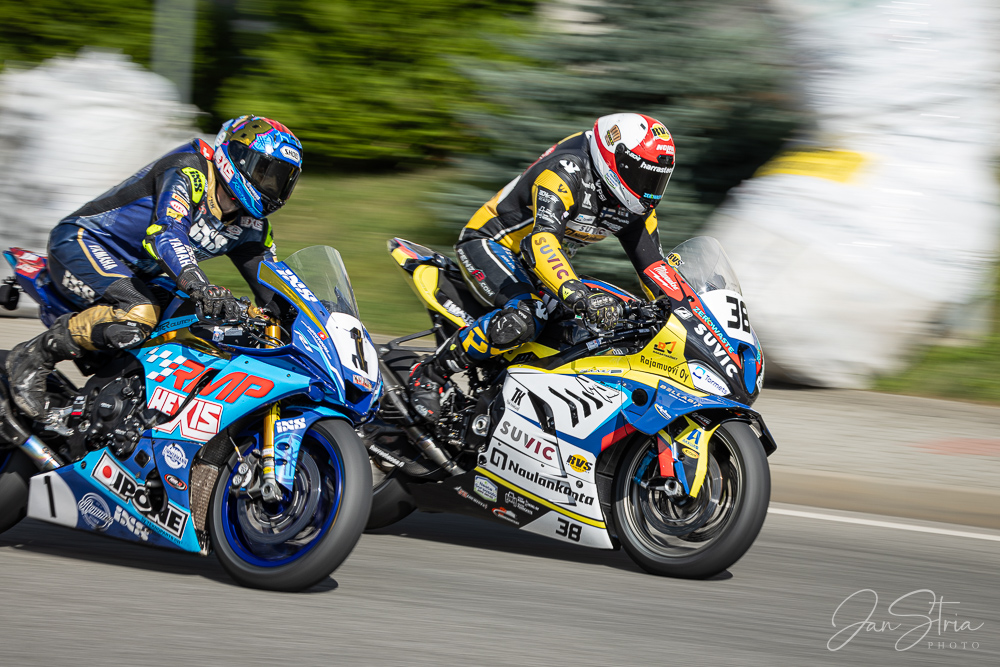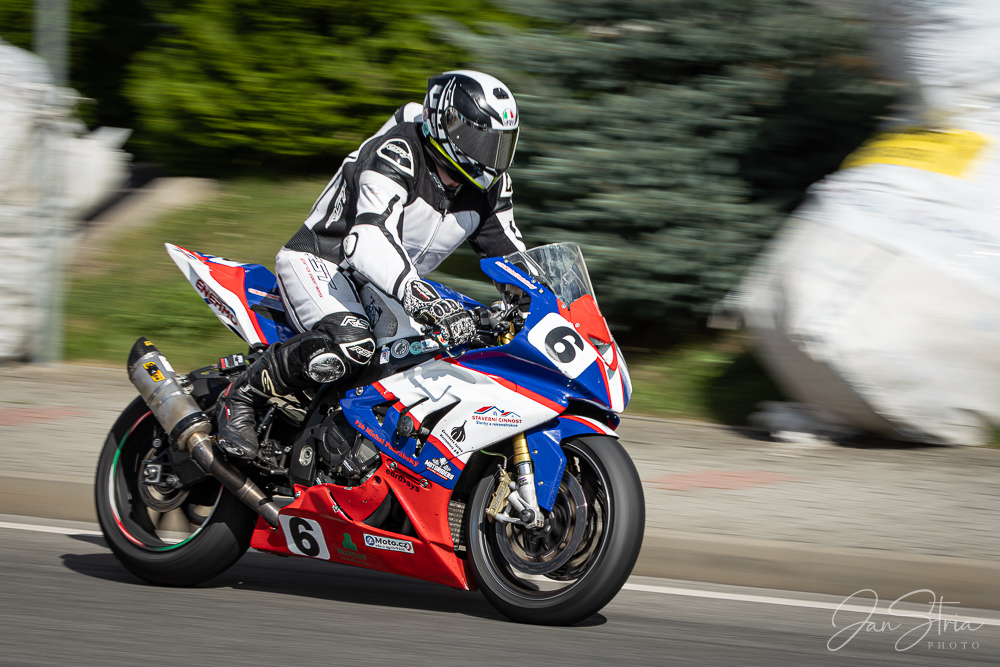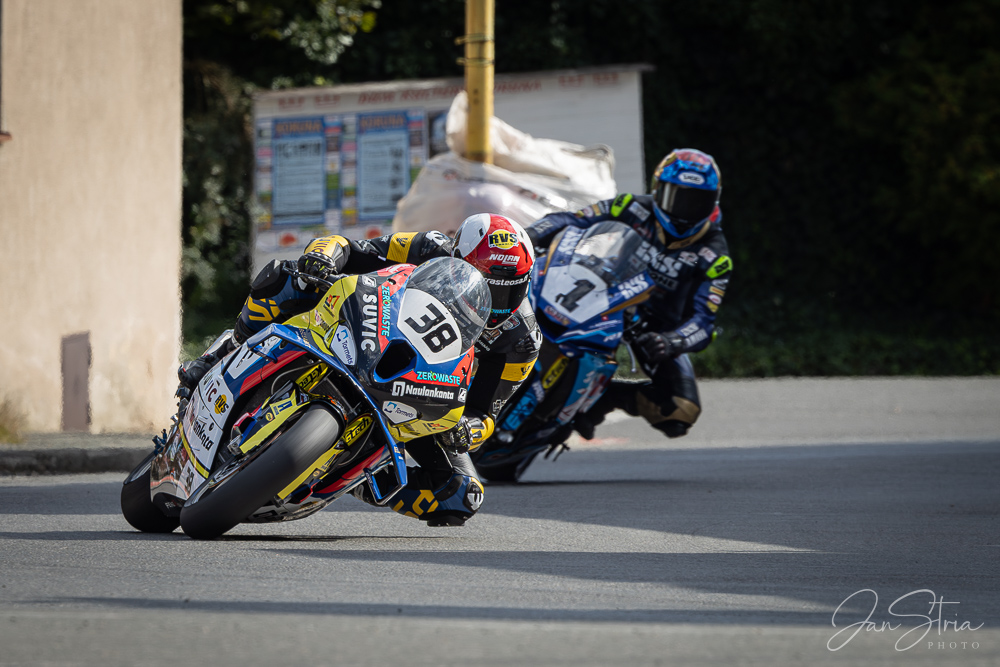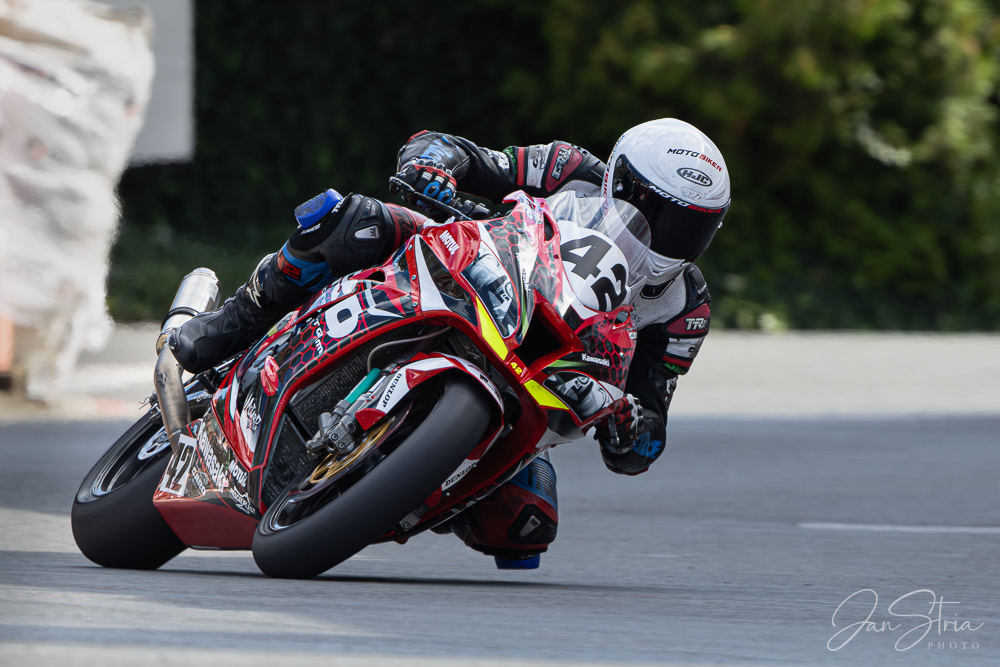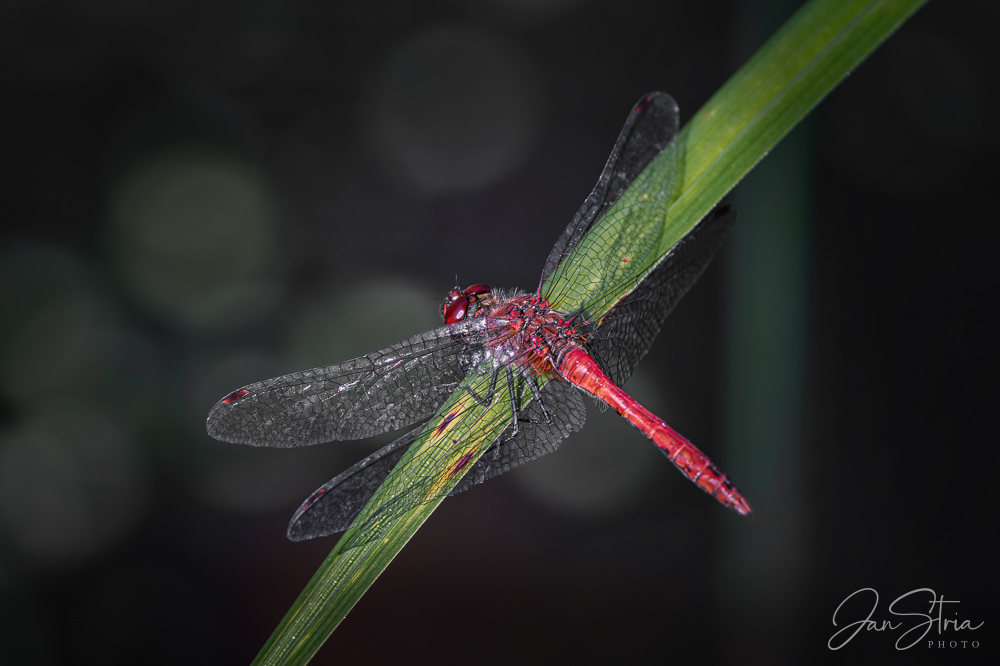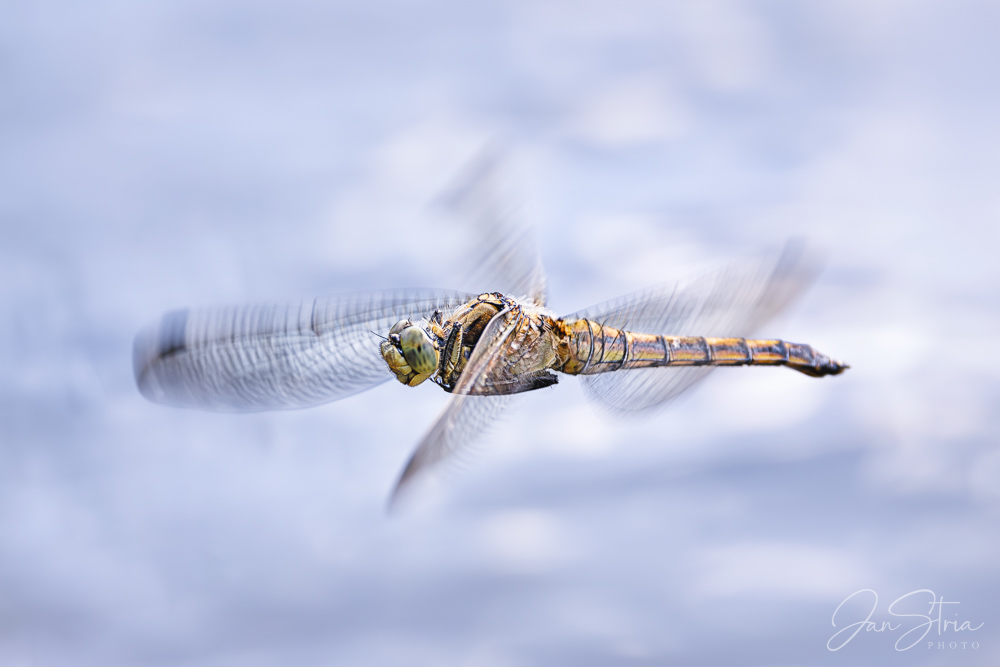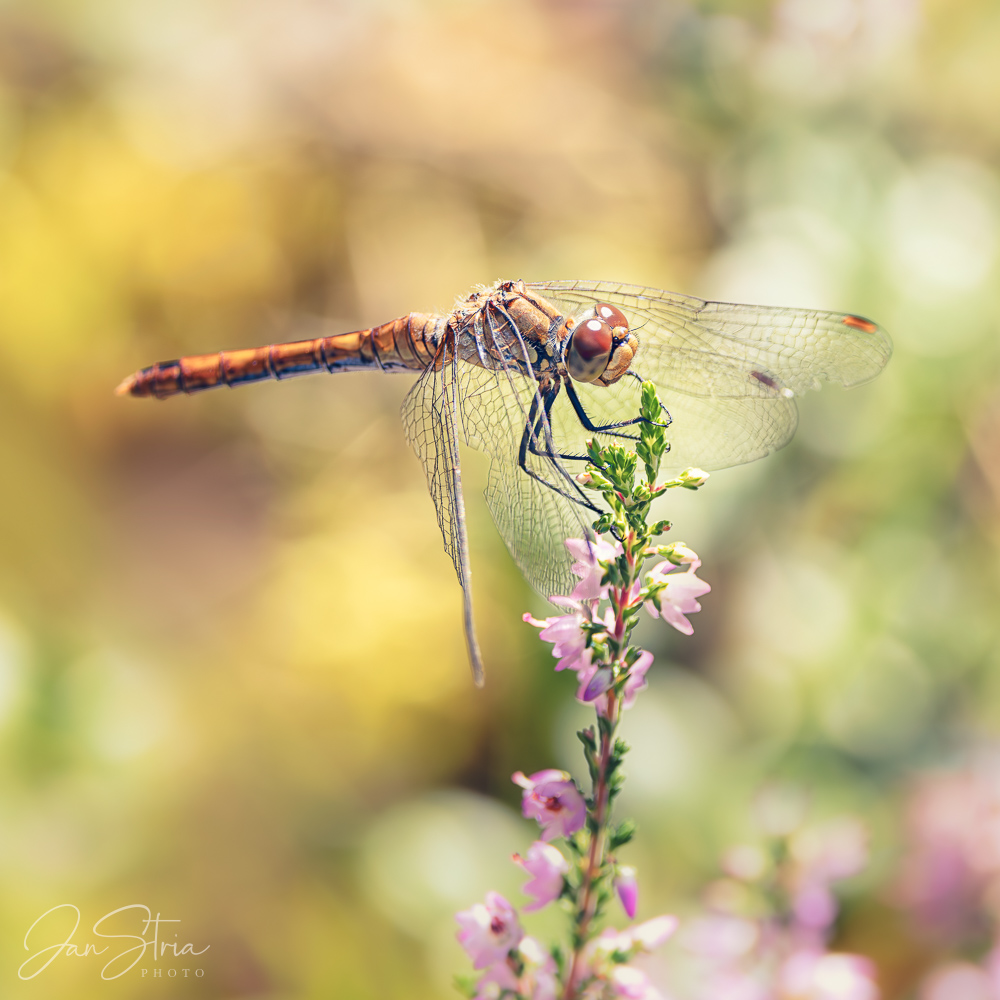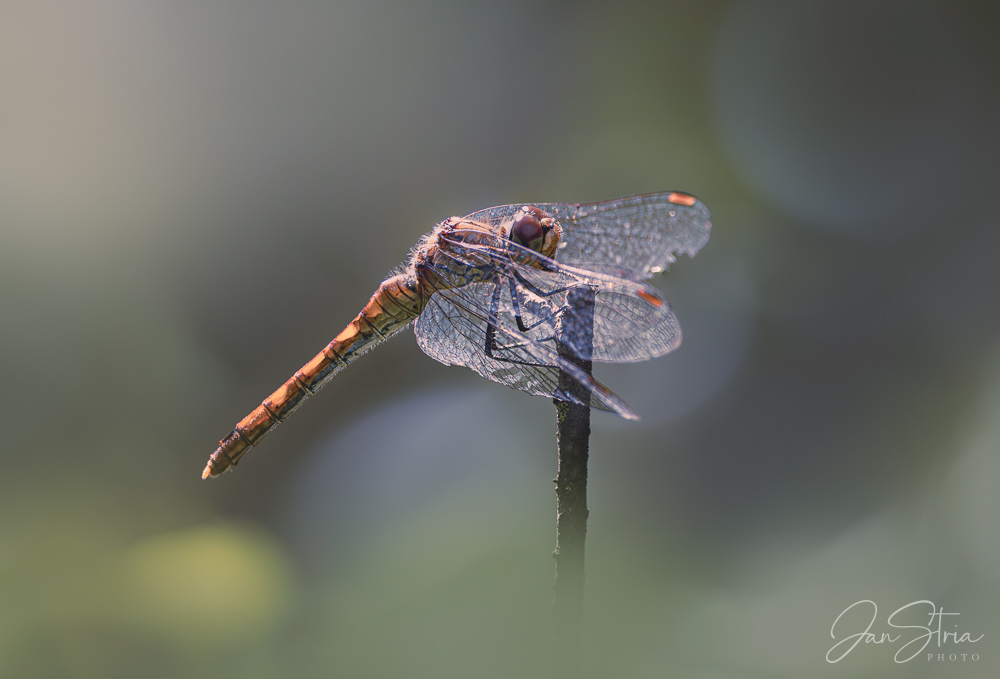Canon EOS R1 & EOS R5 mark II
After a long wait, Canon introduced new products on July 17, 2024, in the form of the new flagship EOS R1 and the successor to one of its most popular cameras, the EOS R5 Mark II. I had the opportunity to test both devices and find out what´s new.
At the official launch, it was emphasized that both cameras are focused on fast action photography. While both use the already familiar DIGIC X processor, Canon has added a DIGIC accelerator, which enables even faster and more accurate focusing by analysing large volumes of data. This allows for better recognition of heads, bodies, joints, and even predicts ball positions in some sports. Canon refers to this as a new generation of the Dual AF system.
Judging by the megapixel counts of the sensors in both cameras, one might think that existing sensors were used. The R1 has 24MP, like the R3, and the R5 Mark II has 45MP, just like the R5. However, these are completely new BSI (Back-illuminated stacked) sensors, which, among other advantages, means much faster data reading and blackout-free shooting.
EOS R1: The Flagship
The EOS R1 continues the 1 series, Canon´s highest offering. This device resembles the EOS R3 in many ways, but when comparing specifications, it’s clear that the R1 is ahead in many aspects. Firstly, the autofocus system, already mentioned, shoots at 40 frames per second and has a much larger RAW buffer (up to 1000 photos). The number of shots can be adjusted as needed, so it doesn´t always have to be at the highest count. It shares the same battery type as the R3, the LP-E19, but is overall 100g heavier. Compared to the 1DX Mark III, it is over 100g lighter. The viewfinder is very pleasant, with a 0.9x magnification and a resolution of 9.44 million pixels, and photos can be saved to a pair of CFExpress Type B cards. At first glance, the R1 and R3 look very similar, but the difference is noticeable when you hold it and look through the viewfinder. There have been no dramatic changes to the camera body, and the ergonomics are top-notch, as we are used to with Canon.
The updates are noticeable in the camera´s menu, which maintains the same logical structure, making it clear and logically organized. However, now the subcategories are indicated by bars under the main category, with the active one always highlighted in the corresponding color.
EOS R5 Mark II: The Popular All-Rounder
The second generation of the very popular R5 was also awaited for quite some time. After all, the second generation of the EOS R6 has been on the market for nearly two years. So, what has changed? Externally, you’ll notice the power switch has been moved to the right side next to the mode selection dial, just like on the mentioned EOS R6 Mark II. On the left, there’s now a switch for photo and video modes. Since I´ve been shooting with the second-generation R6 for a while, I had no problem with this relocation; in fact, I welcomed it. The viewfinder might seem larger than on the first R5, but the resolution and magnification are the same. However, it is brighter. The camera body also features additional vents, likely for better cooling. Just like the second generation R6, the joystick´s top side has changed shape and is now slightly convex. The camera still has a fully functional flip-out screen, a slot for one CFExpress Type B card, and one UHS-II SD card. There’s also a full-sized HDMI port on the body. The weight has increased only slightly, by 8 grams, to a total of 746g. There’s a new LP-E6P battery, which is easily recognizable by a light stripe. Its capacity is the same as the LP-E6NH, 2130mAh, but it has a higher maximum continuous discharge current of 6A. The R5 Mark II can of course also use older batteries, but not all camera functions will be maximized – for example, PreCapture, the fastest 30 fps burst shooting, or even 8K video recording.
Here, you´ll also find an improved menu and a significant simplification of the AF (autofocus) settings. Now, there are only two options: AUTO and M. This is a major simplification, but there are new options available in other menu sections. For example, face registration—a great feature, especially useful when photographing football, where you want to track a specific player. You can register their face in the camera, and during shooting, that player will be given priority by the autofocus.
For the new R5, you can also purchase a trio of new grips: the BG-R20 (a basic battery grip for two LP-E6P batteries, including control buttons), the BG-R20EP (the same as the BG-R20 but with an additional 2.5GB Ethernet port), and the CF-R20EP (equipped with a fan for two LP-E6P batteries, but without traditional control buttons).
Another welcome feature in the R5 Mark II is Eye Control focusing, which allows you to focus on an object in the viewfinder simply by looking at it. This feature was already available in the R3, where I wasn´t entirely satisfied with it. It’s also present in the R1. However, both of these new models seem to have an updated version of the system, and this time, I was very pleased with it. First, you need to successfully calibrate the system to your eye and learn how to use the function. Initially, it’s not very straightforward — it requires practice and time to get accustomed to it.
In Action
Since both cameras are focused on fast action photography, in addition to nature, I also shot road motorcycle races with them. In my hometown of Hořice, the Czech Tourist Trophy and the exciting European IRRC Championship took place, as they do every year.
Shooting with both cameras was a joy. With the R1 set to maximum performance, that is, 40 frames per second, I filled a 128GB card very quickly. Selecting the best shots afterward wasn’t easy because the vast majority were successful, mainly thanks to the excellent focusing.
The EOS R1 is a superb machine, built like a tank, and I believe it will handle any conditions without issue. The 24-megapixel resolution is, in my opinion, ideal. The only thing I personally struggle with is the weight and size. When using a lens suited to the R1, like the RF 100-300mm f/2.8 or RF 400mm f/2.8, the weight of the entire setup is quite heavy for me. I believe that if a photographer spends most of their time at one location or moves minimally, it´s manageable, but for my style of nature photography, where I sometimes walk tens of kilometers, it´s unfortunately not. Just like with the R3, I often had trouble shooting macro from the ground. But these are my personal limitations, and I’m not the target audience. Shooting motorcycles from one spot was a great experience, and I couldn´t have asked for better equipment.
Just like its predecessor, the EOS R5 Mark II is a great all-rounder for all conditions and situations. It packs a lot of power and top features that Canon currently offers into a compact body. This includes eye-controlled focusing and the BSI sensor. Anyone who has shot with a Canon mirrorless camera will feel at home, as there have been no major changes in operation; everything is in place and works better than before. One feature that I personally use is Pre-Continuous Shooting, which allows you to capture events before fully pressing the shutter. Yes, it was already implemented in the EOS R7 and R6 Mark II, but in those, the entire sequence was saved in one file (a roll), and then you had to select and extract the image or images. In the R5 Mark II, individual files are saved directly to the card, and further settings are possible. This feature is also available in the R1.
Another function that is rarely talked about, but is very important to me, is the ability to perform focus bracketing with an electronic shutter and flash. This was previously only possible with the R3. So, with the R5 Mark II, you can take stacked macro photos with a flash! Other Canon mirrorless cameras also support focus bracketing, but only without a flash. When shooting very small objects, using a flash and diffuser is essential. This feature has been available from the competition for quite some time, and several macro photographers I know switched to competitors for this reason. I am therefore glad that this function has been implemented and hope it will appear in other Canon mirrorless cameras.
There are more new features in both cameras, such as “In-camera Neural Network Upscaling,” which allows you to enlarge the final photo to 400% of its original size. In the R1, this means up to 96 megapixels, and in the R5 Mark II, up to 180 megapixels. There’s one catch, though: this only works with JPG/HEIF, not RAW.
Conclusion
As I mentioned, shooting with both devices is a pleasure. Each is aimed at a different target audience, and I believe they represent a great step forward, especially in the field of fast-action photography, particularly sports. Looking into the R5 Mark II manual, for example, Canon offers detailed settings not only for sports like football and basketball but also for pole vaulting, alpine skiing, swimming, judo, etc. It’s clear that they’ve put a lot of effort into this, and the algorithms for recognizing athletes are likely at a high level. Autofocus has made a noticeable leap forward, as I was able to test when photographing motorcycles, where the camera kept focus on the bike despite branches, trees, or other spectators. When photographing nature with the R5 Mark II, I was pleasantly surprised by the eye detection even on insects where I didn’t expect it. If necessary, I helped the autofocus and “taught” it where I wanted it to focus.
Overall, I rate both devices as a significant step forward, and I’m glad that even lower-end cameras are getting flagship features. However, if you’re not shooting fast action, existing cameras are more than sufficient.
For completeness, the tested EOS R1 had firmware 0.4.0 and the R5 Mark II had version 1.0.0.a.
